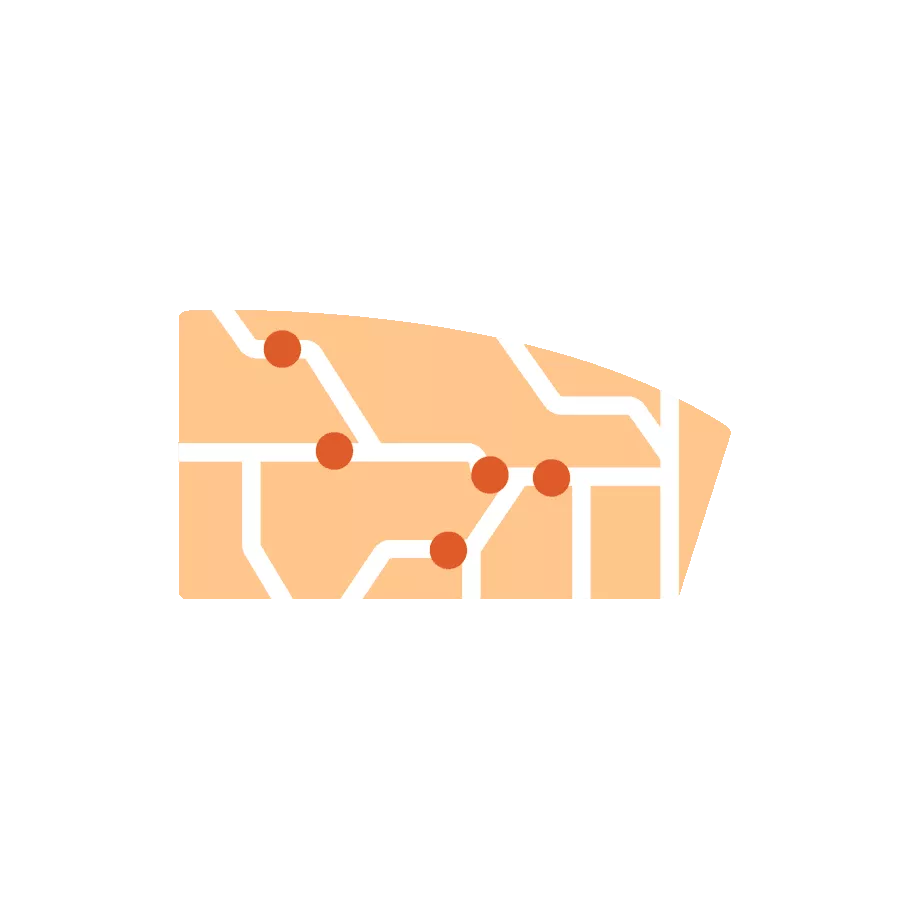An unprecedented upgrade programme
By 2027, SNCF Réseau, the French State and the AURA region will have invested nearly €3 billion to upgrade two arteries: Paris-Orléans-Limoges-Toulouse and Clermont-Ferrand – Paris. Aim: bring lasting improvements to the rail network for all users of core lines that make a vital contribution to regional development.
An essential upgrade
This renovation and modernization programme aim to offer faster, more reliable rail journeys and more accessible platforms. And it’s a triple win—for daily commuters, occasional travellers and freight operators—with SNCF Réseau leading the charge.
Both strategic lines are vital for regional development. Together, the Paris-Orléans-Limoges-Toulouse (POLT) and Clermont-Ferrand-Paris lines carry 4.5 million Intercités passengers a year, plus TER regional express travellers. Upgrades are essential, and especially urgent for the POLT line, where some catenary masts are over 70 years old. Construction works will also ready the lines for the new Oxgène trainsets set to replace existing Intercités trains starting in 2027.

Nearly
€3bn
invested in renovation by SNCF Réseau, the State and the AURA region

4.5m
travellers each year aboard Intercités trains on the POLT and Clermont-Paris lines

Over
1,120 km
in core rail lines serving French regions
Rail lines in the heartland of France
The POLT line stretches 700 km, linking Greater Paris to the Centre-Val de Loire, Nouvelle-Aquitaine and Occitanie regions. The Clermont-Paris line spans 420 km and connects the Paris region to the heart of the Massif Central.
POLT: major investments for a fast-changing corridor
The State’s 2018 master plan set ambitious performance goals to accommodate the new Oxygène trainsets. Altogether €1.6 billion—100% funded by SNCF Réseau—is budgeted for infrastructure renovation through 2026, earmarked for improvements to tracks, switches, overhead lines, signalling systems, bridges and tunnels.
An additional €272 million from the French State will fund upgrades on the line itself.
Upgrades set to deliver results from 2028
Engineering works will :
- upgrade the line’s power supply to make full use of the new trains’ features
- raise train speeds to 160 km/h near Argenton-sur-Creuse
- improve station access at Caussade, Gourdon, Souillac, Uzerche and Argenton
Passengers will see benefits from 2028, including:
- 15 minutes saved on trips between Paris and Limoges
- improved on-time performance
- one additional return journey per day, increasing service from 10 to 11 round trips
Maintaining train service during construction
Engineering works have continued steadily since 2018, with our teams going all out to keep rail service running smoothly for carriers operating Intercités, TER and freight trains.
Clermont-Paris: far-reaching renovation and upgrades
The 2019 master plan for upgrades on this strategic line calls for:
- €760 million invested in infrastructure upgrades from from 2019 to 2026, financed by SNCF Réseau,
- a €168 million modernization programme funded by the French State and the Auvergne Rhône-Alpes region to upgrade the power supply to accommodate new trains run by different operators (Clermont-Paris Intercités service; Burgundy region TER service; Centre region TER; RER D and R line commuter services serving Greater Paris)
First benefits expected by late 2027
- Travel times cut by around 10 minutes between Clermont and Paris
- One additional daily return service for all stations served
- Significant improvements in on-time arrivals
- Greater passenger comfort thanks to track renovation
Factory train speeds up replacement of Clermont-Paris tracks
Track renovation between Cosne-Cours-sur-Loire and Nevers until 20 June 2025 is part of a €106 million project funded by SNCF Réseau to improve network performance and on-time arrivals. Some 56 km of line is being replaced by a massive “factory train”: a string of wagons equipped to remove and replace track components—rails, sleepers and ballast—in record time. This huge train can replace 1 km of line a night compared to just 100 meters using conventional methods.
km
Factory train replaces 1 km of track a night, compared with just 100 m using conventional methods.